The Enchanting Tale of Stingrays - Graceful Dancers of the Deep
Beneath the shimmering waves lives the stingray - a silent dancer gliding with elegance and hidden strength. From riverbeds to ocean floors, this gentle guardian tells a story of calm, balance, and timeless beauty. Dive into their world and feel the rhythm of nature’s most graceful soul.
Table of Contents
- What Is a Stingray?
- Where Do They Live?
- What Do They Eat?
- Why Are They Called “Stingrays”?
- Fun Fact: Underwater Dancer of Nature
- Faq
- Conclusion
In an almost magical plane of existence lies a graceful being of the oceanic realm - the stingray. With an almost poetic fluidity and enchantingly patterned skin, the mysterious stingray dances below an ocean surface. The graceful and composed glide across the sandy bottoms of both rivers and oceans speaks of her hidden strength. Let us take a nice plunge down into the enchanting world of these creatures and understand what makes them so incredibly different.
What Is a Stingray?
When any first glance falls upon the stingray, it looks like a floating pancake with wings but beneath that flat, elegant shape lies a marvel of evolution. Stingrays are cartilaginous fish, meaning their skeletons are made of cartilage instead of bone, much like their close relatives sharks. Their flattened bodies allow them to propel themselves smoothly along the ocean or river floor, and their wide pectoral fins give them a unique look almost like wings.
Eyes look up on their heads to see what is happening above, while mouths sit beneath, perfect for scooping up prey buried in the sand. Their skins are mostly color patterned with beautiful spots, rings, or lines to achieve camouflage as well as communication.
Graceful and slow, moving with gentle rhythmic strokes, stingrays appear to "fly" underwater, much to the admiration of aquarists and divers.
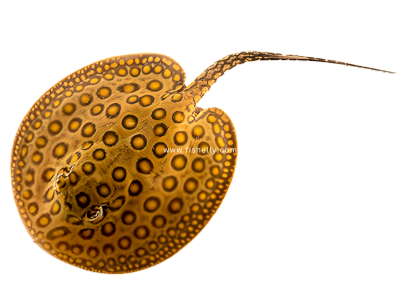
Where Do They Live?
Stingrays inhabit a plethora of environments - from coastal marine waters to fresh rivers and basins. The greatest diversity and icons of stingrays reside in the Amazon Basin of South America because this habitat Favors them with warm and slow-moving rivers.
In the wild, rays Favor shallow, sandy, or muddy areas to bury for rest or to thwart predators. With their natural camouflage, they almost become invisible against the riverbed only their eyes and spiracles remain out in the open.
Freshwater stingrays, such as the Black Diamond or Motoro, are especially popular with aquarium enthusiasts owing to their striking patterns and intelligence. But they need big tanks, perfect water quality, and special attention a big responsibility for the serious aquarist.
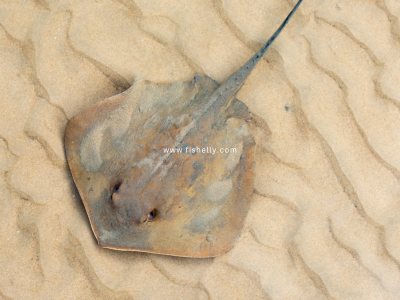
What Do They Eat?
Stingrays are specialized bottom feeders, and their diet fits perfectly with their lifestyle. They notice hidden preys beneath the sand by using special electroreceptors, the ampullae of Lorenzini, to detect faint electrical signals.
These include their favorite meals:
• Small fishes linger about the substrate

• Crustaceans (shrimp and crabs)
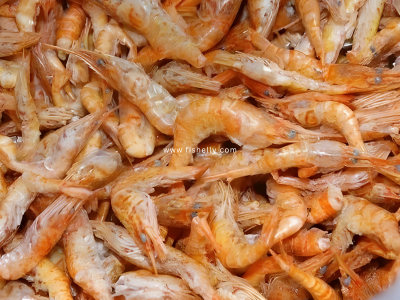
• Worms and aquatic insects
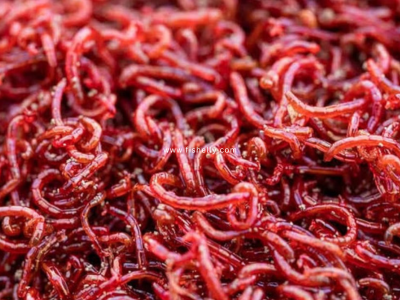
• Mollusks (clams and snails)
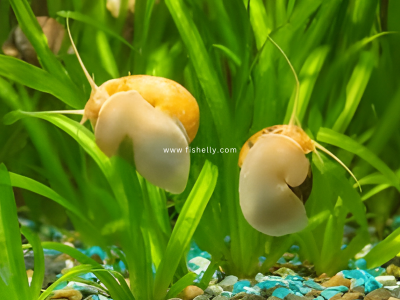
Once found, they will use their strong jaws and flat, crushing teeth to penetrate shells and exoskeletons. In aquariums, they are fed fresh or frozen seafood such as prawns, mussels, and bloodworms. Eating well will ensure their health, strength, and beauty.
Why Are They Called “Stingrays”?
The name “stingray” originates from a trait most common to them - their venomous spine at the upper side of the tail. This sharp spine serves as a natural weapon of defense, one which the ray will wield only under threat. The barb is venomous, inflicting some pain upon its predator, thus giving strength to escape.
Despite their built-in defense mechanism, stingrays are non-aggressive. They are gentle, curious, and mostly amiable to humans. The world over, divers treasure encounters with these beautiful creatures, keeping a respectful distance while admiring their tranquil beauty.
With their name, "sting" reminds the world that even the calmest have their own forms of defense.

Fun Fact: Underwater Dancer of Nature
When you find yourself watching a stingray move, it almost feels like time disappears. Their rhythmic flaps resemble the soft beating of wings underwater. Each little glide is such an easy movement; it's almost like a sculpture in motion. This natural grace has afforded them the status of symbols of grace, equilibrium, and metamorphosis in many cultures.
Stingrays' continuing charm-ability includes being able to recognize caretakers in the aquarium environment and even taking food directly from human hands. Some stingrays go on for 15 plus years, forming strong bonds with their caregivers.
Faq
1. What exactly is a stingray?
A stingray is a type of cartilaginous fish related to sharks. Instead of bones, their bodies are supported by flexible cartilage. Their flat, disc-like shape and wide fins help them glide gracefully across riverbeds and ocean floors.
2. Where do stingrays live?
Stingrays inhabit both freshwater and marine environments. You can find them in warm coastal waters, sandy lagoons, and river systems like the Amazon Basin in South America. Freshwater species such as the Black Diamond and Motoro Stingray are also popular in large home aquariums.
3. What do stingrays eat?
Stingrays are bottom feeders. They use special electroreceptors called ampullae of Lorenzini to detect prey hidden in sand. Their diet includes small fish, crustaceans, worms, and mollusks. In aquariums, they are usually fed prawns, mussels, and bloodworms.
4. Why are they called “stingrays”?
The name “stingray” comes from the venomous spine located on their tails. This spine acts as a defensive weapon used only when threatened. Despite this feature, stingrays are generally gentle and non-aggressive toward humans.
5. Are stingrays dangerous to people?
Stingrays are peaceful by nature and pose little danger if treated with respect. Most stings occur only when they are accidentally stepped on in shallow water. Divers and aquarists often describe stingrays as calm, intelligent, and even friendly.
6. Can stingrays recognize humans?
Yes, stingrays are surprisingly intelligent! Many aquarium keepers report that stingrays recognize their caretakers and even accept food directly from their hands. This behavior shows their memory and ability to form mild bonds with humans.
7. How long do stingrays live?
Depending on the species and environment, stingrays can live for 15 to 25 years. Proper care, clean water, and a healthy diet are essential for their longevity, especially in aquariums.
8. What makes stingrays special?
Stingrays symbolize grace, balance, and calm strength. Their mesmerizing glides beneath the waves reflect harmony with nature. Watching them move is like witnessing a piece of art come alive — an embodiment of peace and transformation.
9. Can stingrays be kept as pets?
Yes, but only experienced aquarists should keep stingrays. They need large tanks, excellent water quality, and plenty of space to swim. Keeping them healthy requires commitment, knowledge, and consistent care.
10. Why are stingrays considered “gentle guardians of the deep”?
Because they embody a rare balance of power and peace. Their quiet presence, graceful motion, and gentle behavior remind us that true strength often lies in calmness — making them symbolic protectors of the underwater world.
Conclusion
Stingrays represent the perfect combination of beauty, intelligence, and calmness. Their beauty with grace and quietude reminds us that gentle strength is real. From hoary shimmering rivers of the Amazon to home aquariums all over the world, these underwater dancers represent the ideals of balance, transformation, harmony, and communion with nature. Watching how they glided under the surface is a reminder of how life moves along on gentle rhythms - calm, strong, and infinitely enchanting.















